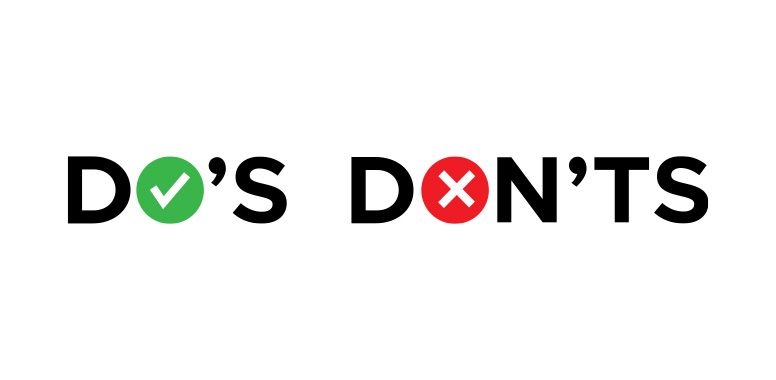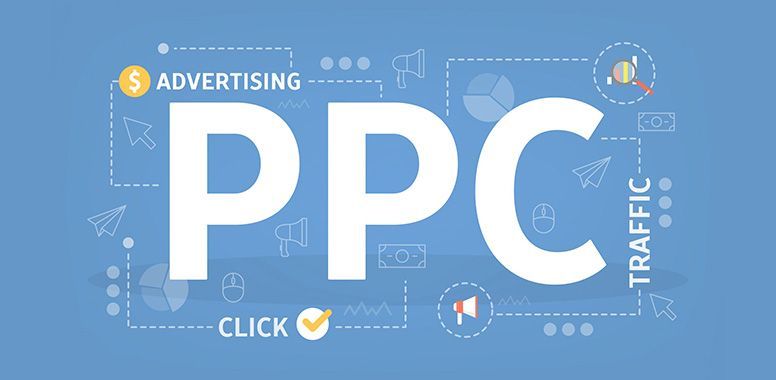Selling in Amazon: A Starter's Guide
With over billions in sales, Amazon, a global marketplace, offers sellers an easy way to reach a worldwide audience. Here’s a straightforward approach of selling on Amazon.
Before we begin, let’s identify your most preferred way of selling before you venture into the Amazon arena. Do you want it Fulfilled by Amazon (FBA) or Fulfilled by Merchant? Here’s what you want to know between the two:
Fulfilled by Amazon (FBA)
Ship your products to Amazon's warehouse, and they’ll handle storage, shipping, and customer service. Ideal for small, fast-selling items. Keep in mind, there are storage and monthly service fees.
Fulfilled by Merchant (FBM)
Store, ship, and manage customer service for your own products. Best for large, slow-moving items where long-term Amazon storage would be costly.
Now, if you’ve already decided, you may want to check out the process of putting your store on Amazon. Let’s make it simple.
5 Simple Steps to Start Selling on Amazon
1. Do Market Research
Check Amazon’s restricted products list before you start. Look for trending products with less competition. Consider private labeling (putting your brand on an existing product). Once you find a supplier, calculate your costs and ensure your profit margin is high enough.
2. Set Up a Seller Account
When setting up your seller account, make sure to gather these details:
Bank info
Credit card
Government-issued ID
Tax information
Phone number
Once these details are in place, navigate to Seller Central, then choose between two plans:
Individual Plan: 99¢ per sale for sellers with fewer than 40 sales a month
Professional Plan: $39.99/month for larger sellers, offering advanced tools
3. Add Products
List your products by either joining an existing listing or creating a new one. If you’re the only seller for a particular product, you must use a new listing.
You’ll need a product identifier (UPC, ISBN, etc.), SKU, price, quantity, product details, and images. Use SEO to add relevant keywords in your titles and descriptions for better search visibility. High-quality images (1000x1000 pixels) are also essential.
4. Attract Customers
With over a thousand competitors in the market, make your listing stand out. Stay on top of the competition by setting the best practices, such as pricing, shipping, and advertising.
Set Competitive Pricing
Amazon offers seller tools that automatically adjust your product prices based on the rules you set, ensuring you remain competitive while maintaining profit. You can also use bulk pricing to attract Amazon Business customers.
Ship Fast
If you're not using Amazon Prime for shipping, ensure quick delivery times when using FBM. Fast shipping improves customer satisfaction and helps your products stand out.
Advertise with Sponsored Listings
Sponsored listings appear on product pages and in search results, operating on a cost-per-click (CPC) model. This means you pay every time someone clicks on your ad, regardless of whether they make a purchase. CPC costs can range from a few cents to several dollars per click.
Conclusion
Selling on Amazon is simple, but success requires careful product selection and consistent optimization of your listings. Regular maintenance and attention to detail will help you stay ahead of the competition.
By partnering with an Amazon agency, you’ll get to have a strategic, cohesive approach that integrates all key areas of Amazon, including product listing optimization, PPC, and demand forecasting. This ensures a strong brand presence that helps your business stand out in
Amazon’s search results. And, this is what we do best at CMO.
Let’s drive your business to success with better ranks, sales, and brand management. Reach out
here or
book a zoom call today!


